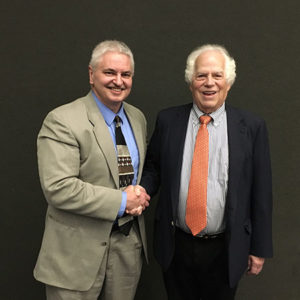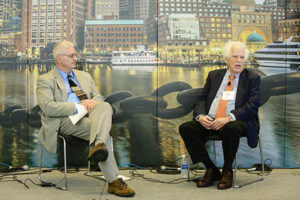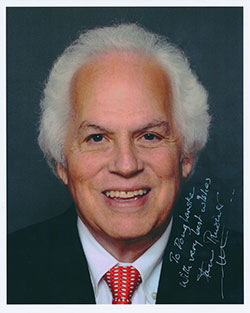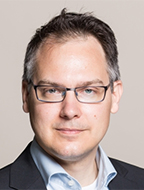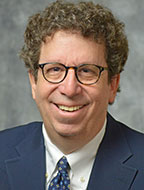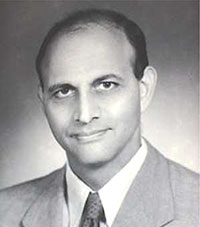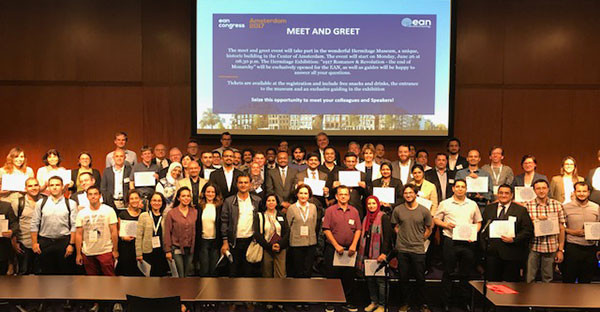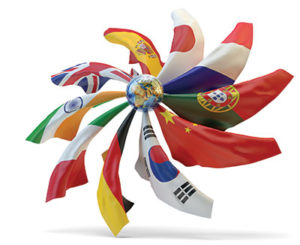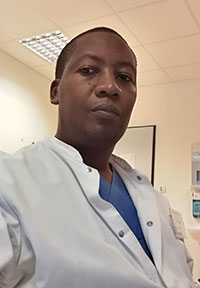For many years, tardive dyskinesia was a poorly understood clinical syndrome with no effective therapy. Thanks to new research, we now have a greater understanding of the pathophysiology of tardive dyskinesia and new therapies for the condition.

John D. England, MD
A summary of this new and important information about tardive dyskinesia is now available in the Journal of the Neurological Sciences. I am pleased to announce that a special issue on Tardive Dyskinesia, edited by Drs. Daniel Truong and Robert Hauser, has been completed as volume 389 (June 15, 2018) and is available on the website for the Journal of the Neurological Sciences.
Importantly, the special issue will be “free access” via the online journal site through the year 2018. Elsevier has added a special link via the online journal site called “SI Vol 389, 2018” under the tab “Free Articles” to enhance accessibility.
The special issue is also available on ScienceDirect. I encourage all of you to access this issue, which is currently the most up-to-date monograph on tardive dyskinesia. Its publication is especially timely since there are new medications and other new treatments for the condition.
I would like to take this opportunity to thank Drs. Truong and Hauser and all of the invited authors of this special issue for their outstanding contribution to the Journal of the Neurological Sciences and the medical and scientific community. Also, I would like to acknowledge Peter Bakker, our executive publisher at Elsevier, for helping us arrange free online access of this series of articles for the remainder of the year. •
